When you boot up Alone in the Dark for the first time, you’ll be asked whether you want to play in Modern or Old School mode. This comes after selecting from three options for difficulty, so you might find yourself a little unsure of what you’re signing up for.
The game’s menu does offer some explanation; essentially, Modern mode will give you some hints, while Old School will require you to figure everything out on your own. This is helpful but still isn’t enough information to really be able to decide which is right for you.
Here are all of the differences between Modern and Old School in Alone in the Dark, followed by my suggestion of which you should choose and why.
The difference between Modern and Old School in Alone in the Dark
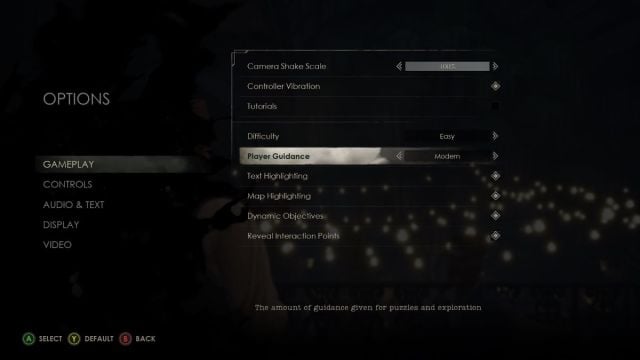
On my first play-through, I avoided Modern mode like the plague because the menu told me it would give hints to help me solve puzzles. I love a nice and challenging puzzle and I was worried Modern would remove the challenge. Turns out, I was wrong. Modern does give you hints, but they are more quality-of-life type hints than anything else.
There are four ways that Modern mode helps you progress in Alone in the Dark, and while they’re all helpful, none of them go so far as to make things easy.
Text Highlighting
There is a lot of literature in Alone in the Dark. I’m talking about pages upon pages. Some of it exists strictly for texture, lore, and world-building, while some of it contains essential clues or information to help you solve puzzles.
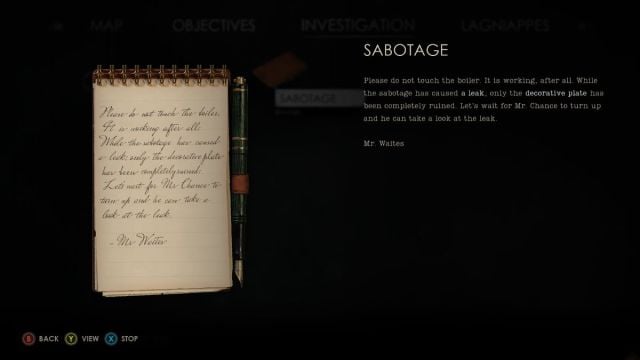
In Old School mode, it’s up to you to distinguish between the two. In Modern mode, all written information that is necessary for solving a puzzle or advancing the game is highlighted. You still won’t be told how or why certain words or sentences are critical, but you’ll be able to know at a glance whether or not a book contains any clues.
Map Highlighting
All puzzles and locked doors are indicated on your map regardless of which mode you’re playing on. On Modern mode, the indicator will turn green if you currently have everything you need to solve that puzzle or unlock that door.
This can be massively helpful, as many of the puzzles in Alone in the Dark are difficult enough that you will inevitably doubt whether or not you even have all the pieces of the puzzle. With Map Highlighting, that doubt is removed.
Dynamic Objectives
Dynamic Objectives simply give you extra information about what you need to do next. This is a made-up example to avoid spoiling any plot points, but on Old School mode you might see “Find out what the cook is hiding,” whereas on Modern you might also see, “Check the kitchen cabinet for clues.”
In a nutshell, Old School mode only tells you what you need to do, while Modern tells you what you need to do and how you can do it.
Reveal Interaction Points
This final change in Modern mode is definitely the least noticeable. When you’re near any object that can be interacted with, a small circle will appear above it. On Old School, you need to be just about right up on an object for that circle to appear.
In Modern mode, the distance at which the circle appears is increased meaning you’re less likely to pass by collectibles or clues without noticing them.
Should you choose Modern or Old School in Alone in the Dark?
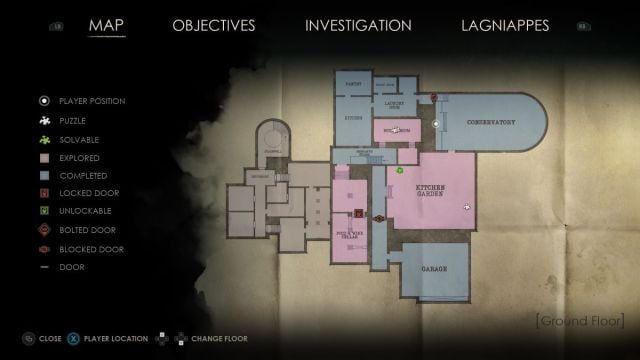
There are two things you should know before making this decision:
- You can change between Modern and Old School at any time.
- You can toggle each of the four Modern changes individually.
That means you shouldn’t stress out over this choice—you can change your mind on a whim. With that in mind, I very strongly suggest playing in Old School mode.
Once you know how to solve every puzzle, Alone in the Dark is actually a pretty short game. Most of the appeal comes from exploring, searching for clues, and feeling like a detective. I’ve found that when you’re playing on Modern mode, it’s almost impossible to get yourself to read and retain information from books that you come across.
If words are highlighted, your eyes will immediately jump there and ignore everything else. If you open a book and nothing is highlighted, your brain will immediately tell you “This one isn’t worth my time.” What Modern mode can’t account for is the foreshadowing and secondary information that is contained in all books—even the ones that aren’t directly relevant to puzzle-solving.
Being forced to treat every passage you come across as a potential clue means being forced to examine all clues critically, which in turn makes the entire experience infinitely more immersive. If you find that you’re good and truly stuck, you can always toggle Modern mode on for a moment to get some assistance.


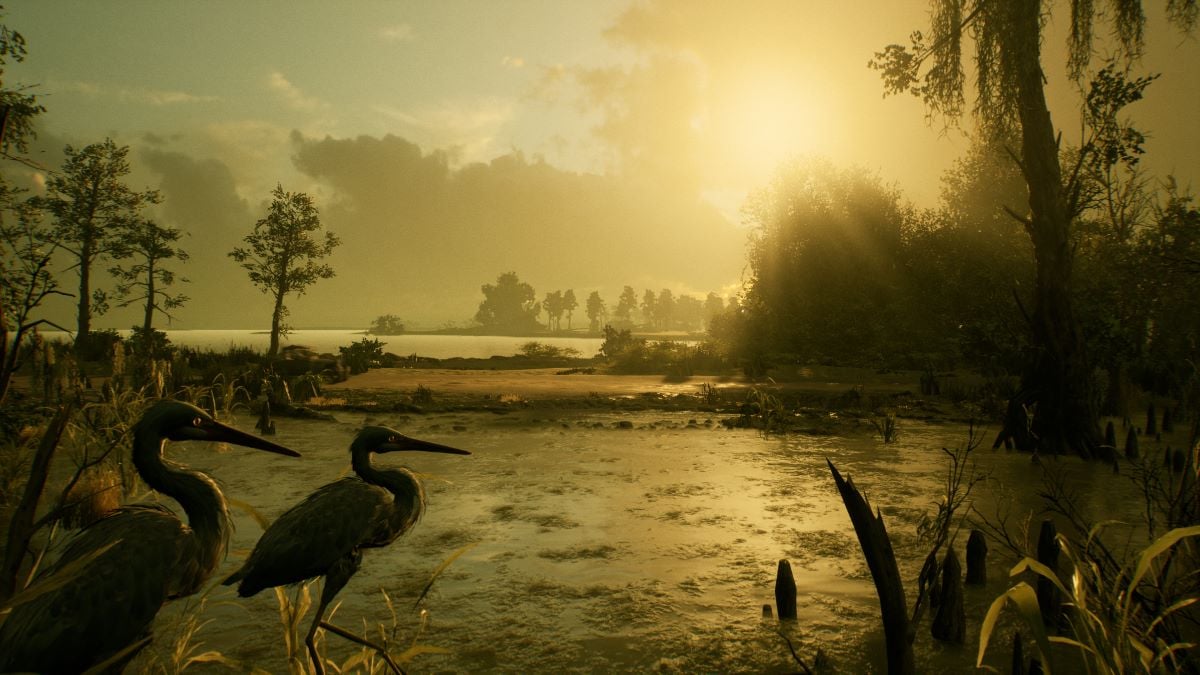
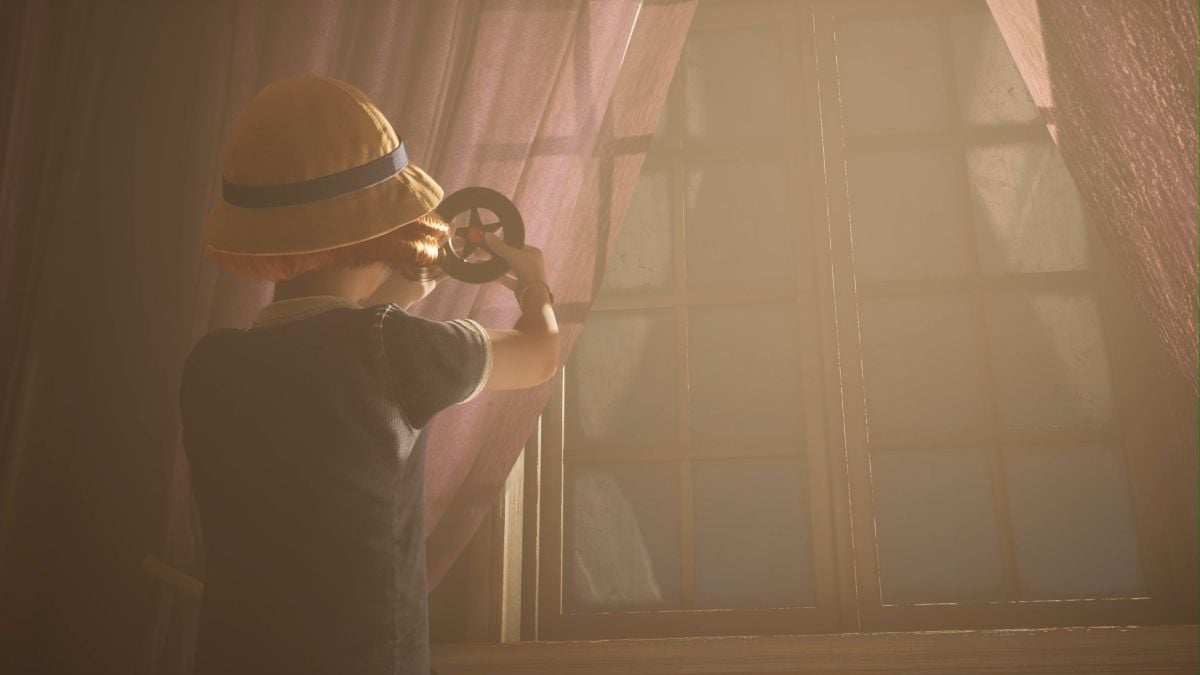
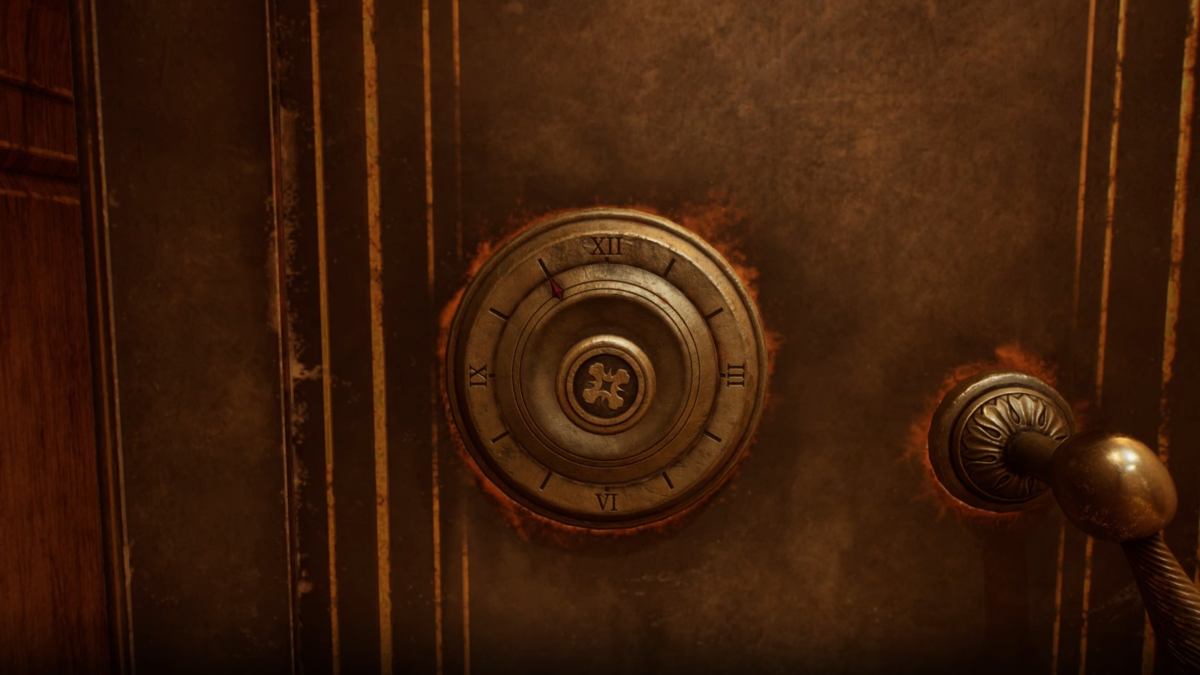
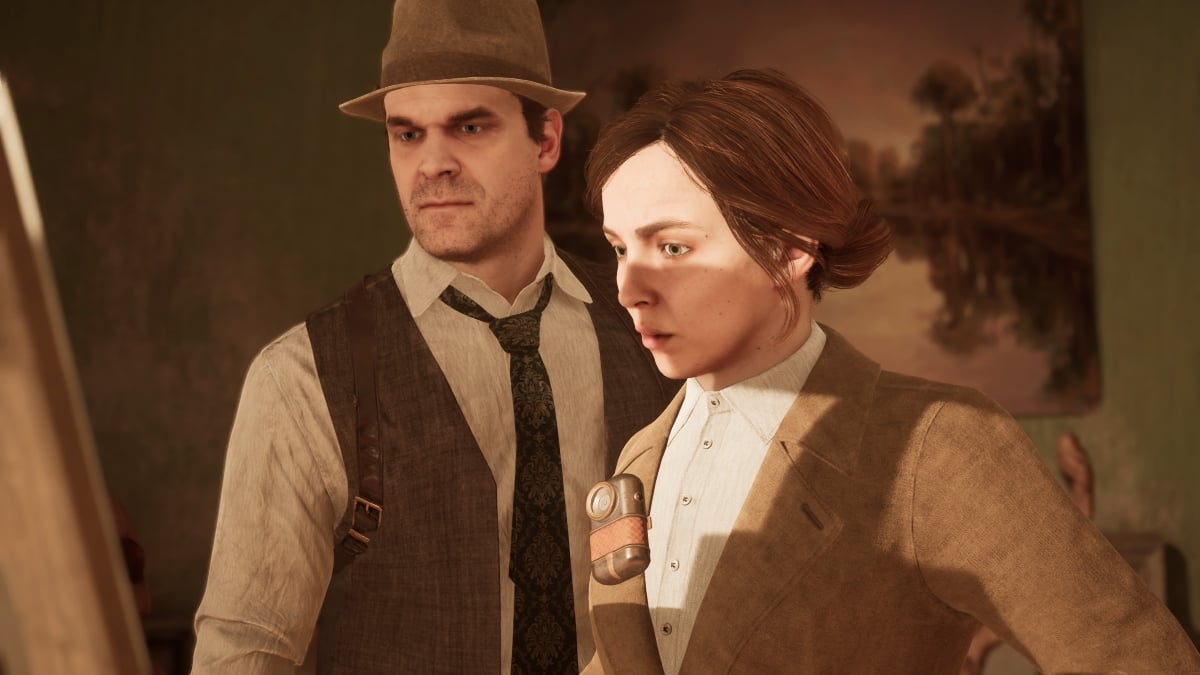
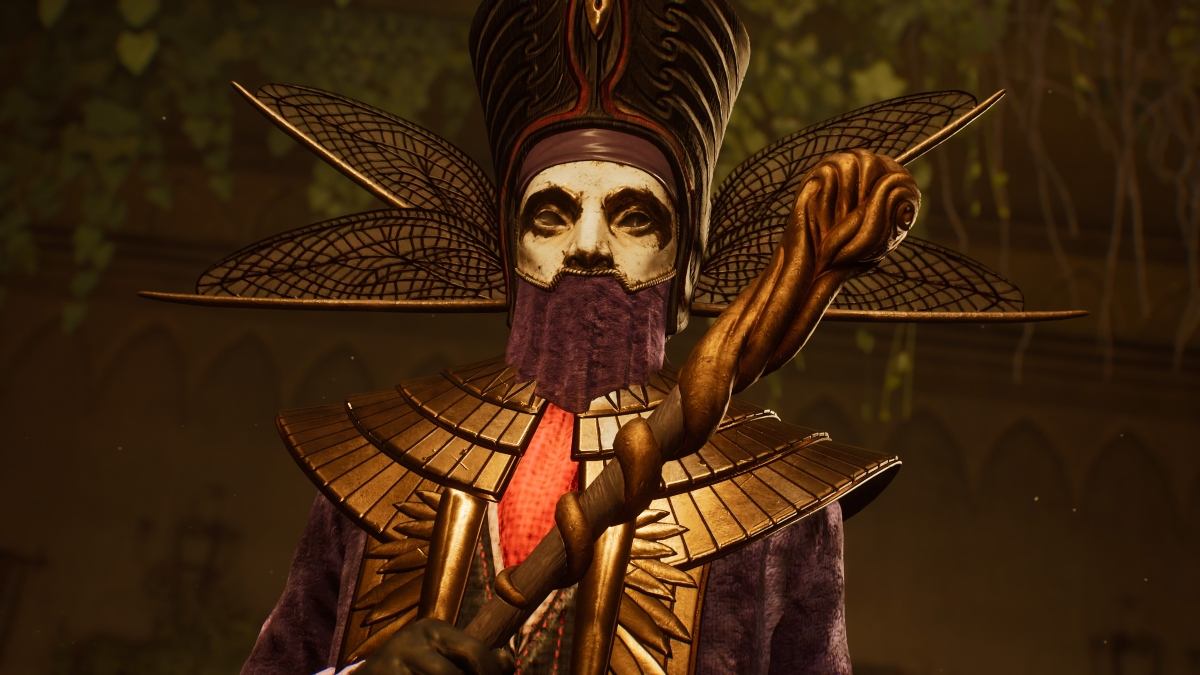
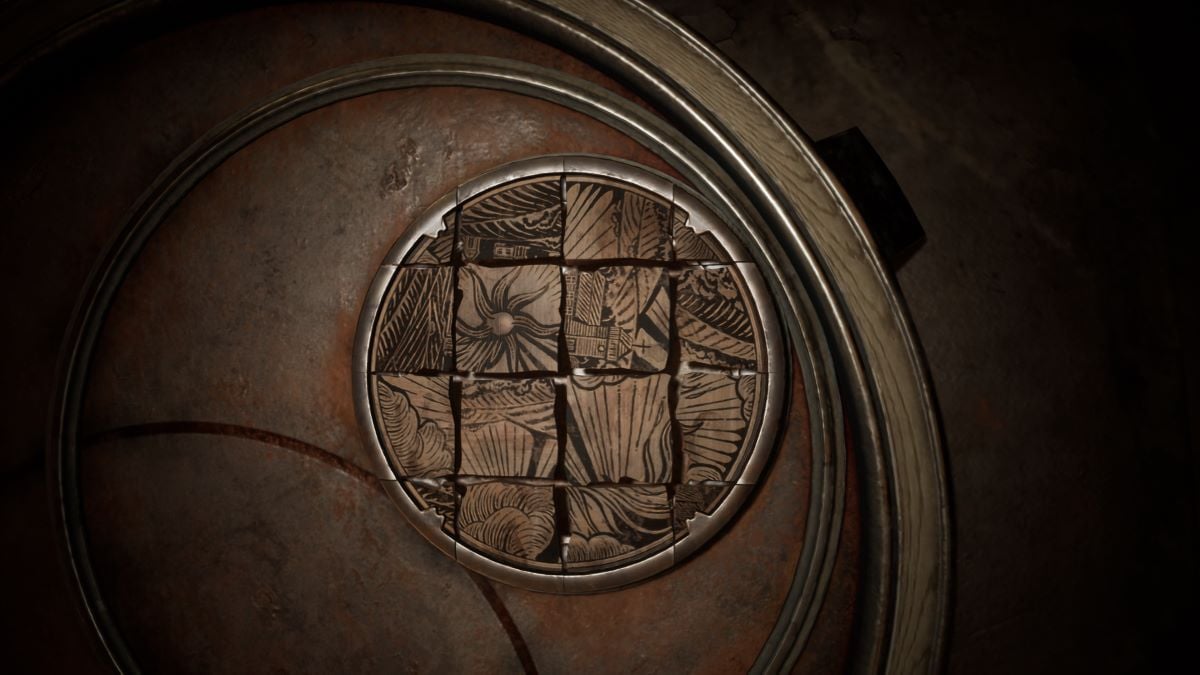
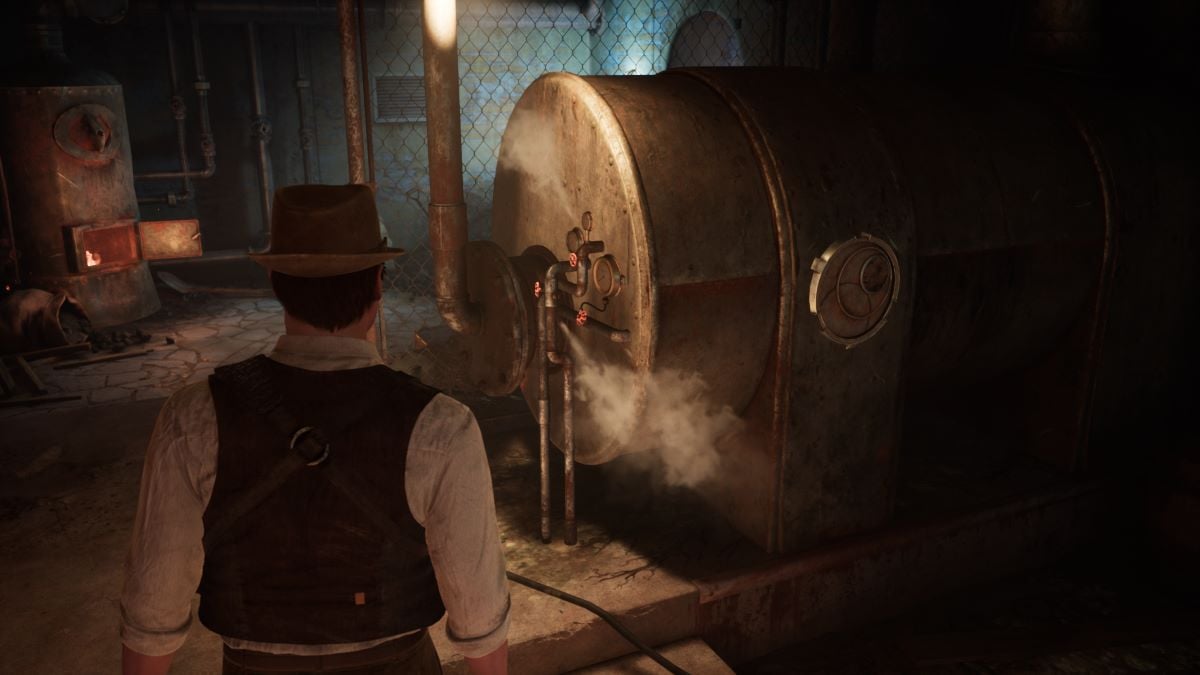
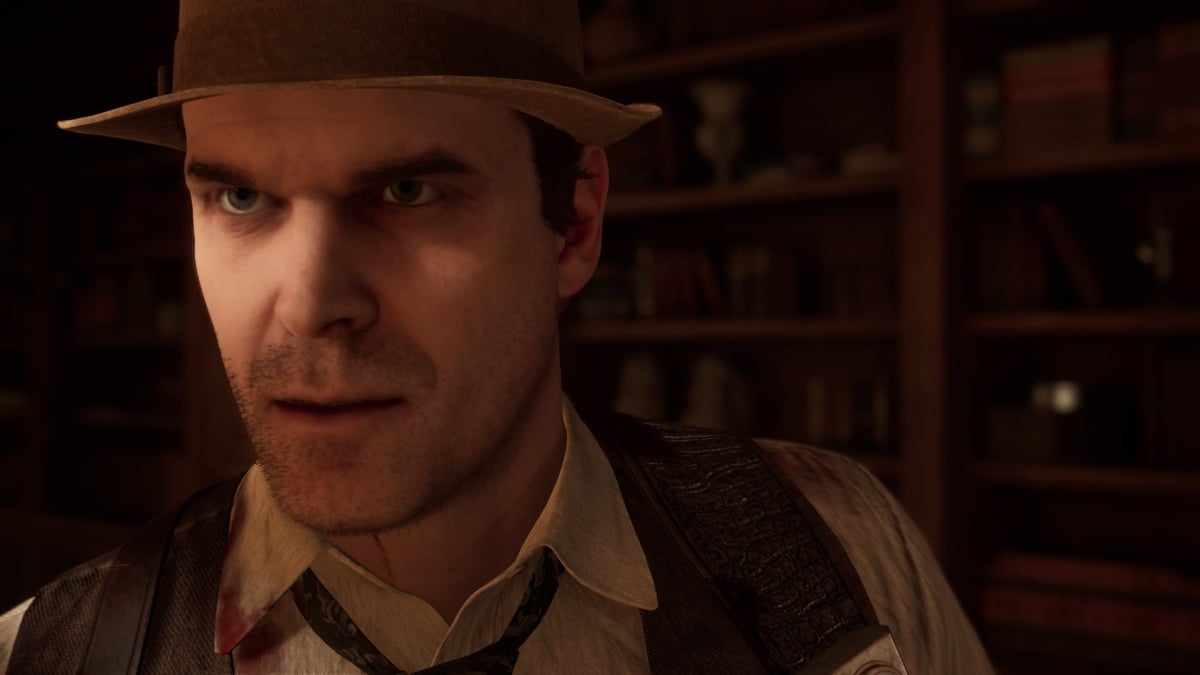

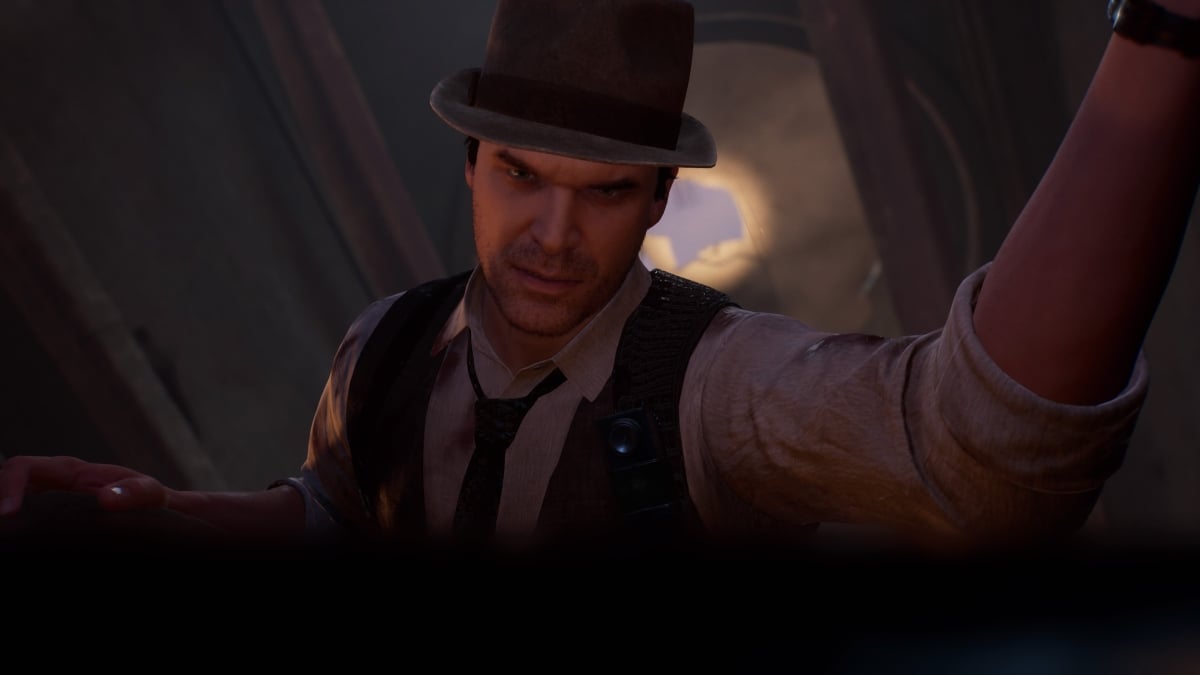

Published: Mar 20, 2024 06:03 am